The way caste issues are addressed can have a significant impact on social cohesion in the turbulent realm of Indian politics. In view of his recent parliamentary behaviour and remarks, Rahul Gandhi, the Leader of the Opposition, would do well to review and absorb his father Rajiv Gandhi’s caste politics methodology.
The Legacy of Rajiv Gandhi: “Na Jaat Par, Na Paat Par”
During his presidency, Rajiv Gandhi placed a strong emphasis on a politics that went beyond caste and religion. This was made clear during the 1980 elections when Indira Gandhi’s Congress party ran on the platform “na jaat par, na paat par” (not on caste or creed). Rajiv Gandhi had a very clear view that politics shouldn’t be boiled down to caste-based differences and that social justice and equality were of utmost importance.
Rahul Gandhi’s latest strategy, in comparison, seems less focused on productive discourse and more combative. His contributions frequently come out as confrontational rather than solution-focused, as evidenced by his criticism of the “halwa ceremony” that preceded the budget. Though this provocative and disruptive approach might garner attention in the short term, it runs the risk of overshadowing his father’s more comprehensive and nuanced understanding of social justice.
Threats Associated with “Politics of Enemies”
Political tactics frequently change, and in the modern day, we observe a tendency toward what Michael Ignatieff refers to as the “politics of enemies.” Leaders that use this strategy know that, in spite of early doubts, forceful and relentless rhetoric has the power to influence public opinion. This strategy influences larger public perceptions not only in political arenas but also in the media and on social media platforms.
Rahul Gandhi’s strategy occasionally resembles this one, as he makes claims that can come out as dramatic or provocative. One such example is his criticism of the budget’s “halwa ceremony” for being divorced from meaningful policy discussion. Such language may garner media attention and inspire some supporters, but it can also drive away possible partners and draw attention away from more important problems, such as caste-based inequality.
Historical Models: The Actions of Opposition Leaders
Many notable people, including Y.B. Chavan, Jagjivan Ram, and Rajiv Gandhi himself, have held the title of Leader of the Opposition since it was officially established in 1969 with the appointment of Ram Subhag Singh. Despite having different political philosophies, these leaders were both eligible and polite in their opposing capacities.
One example of how the government and opposition parties might work together for national objectives is the bipartisan cooperation during the UN Human Rights Convention in Geneva in 1994. This incident demonstrated how resistance may be constructive and in line with national objectives. Leaders such as Salman Khurshid, Farooq Abdullah, and Atal Bihari Vajpayee presented a unified front against Pakistan’s claims to Kashmir.
The Impact of Opposition in Resolving Caste-Related Issues
In Indian politics, caste is still a delicate and significant topic. The vision of leaders such as B.R. Ambedkar and Ram Manohar Lohia was straightforward: the primary objectives were social justice and the dismantling of caste as an institution. Ambedkar’s contributions to the eradication of caste highlight the necessity of a deliberate, forward-thinking strategy against discrimination based on caste.
In 1989, during his speech on the Mandal Commission recommendations, Rajiv Gandhi presented a well-rounded viewpoint. He emphasized that eliminating casteism should be a national priority while acknowledging the significance of eliminating poverty and backwardness. This combined emphasis on economic and social inequality draws attention to a more sophisticated strategy than merely responding to political opponents.
The Present Situation: Mixing Violence with Beneficial Conversation
Rahul Gandhi must strike a balance between direct criticism and productive discussion in order to fulfill his responsibilities as Leader of the Opposition. Aggressive techniques may work for a while, but sensitive and in-depth solutions are needed for problems like caste. Sensational arguments aside, a more serious approach to these problems may lead to more insightful discussion and useful solutions.
The proposal for a caste census or other initiatives to alleviate caste disparities needs to be approached pragmatically and sensitively. Not only should issues be brought to light, but solutions that advance true social justice must also be worked for.
Taking Note of Rajiv Gandhi’s Method
During his time as Leader of the Opposition, Rajiv Gandhi demonstrated how to handle difficult situations while keeping an eye on balance and larger national objectives. Rahul Gandhi would gain from adopting a similar strategy that combines the teachings of his father with modern tactics. This would entail participating in meaningful conversations on social justice, including caste-related issues, as well as opposing the ruling party when appropriate.
Rahul Gandhi can change the conversation about caste and other important issues by taking a more measured and considerate stance. This change has the potential to strengthen bonds between people, promote more togetherness, and eventually advance social justice in a way that honors Rajiv Gandhi’s long legacy.
In short, Rahul Gandhi’s present policy could use some recalibration to bring it more in line with the principled and impartial stance that defined his father’s leadership. His contributions to India’s democratic discourse and social justice objectives may be more successfully made if he concentrated on constructive participation and careful handling of important topics.
ALSO READ: India, Pakistan, and the Secret Motive Behind the Unpredictable US Election

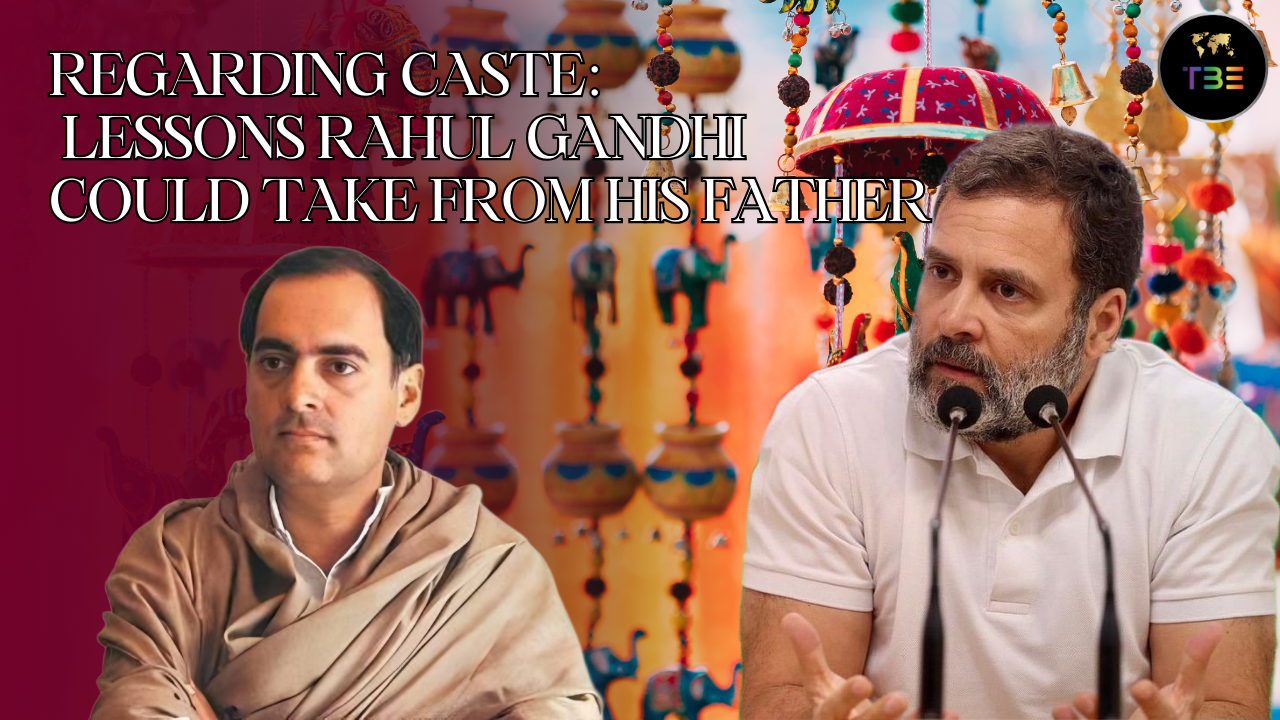
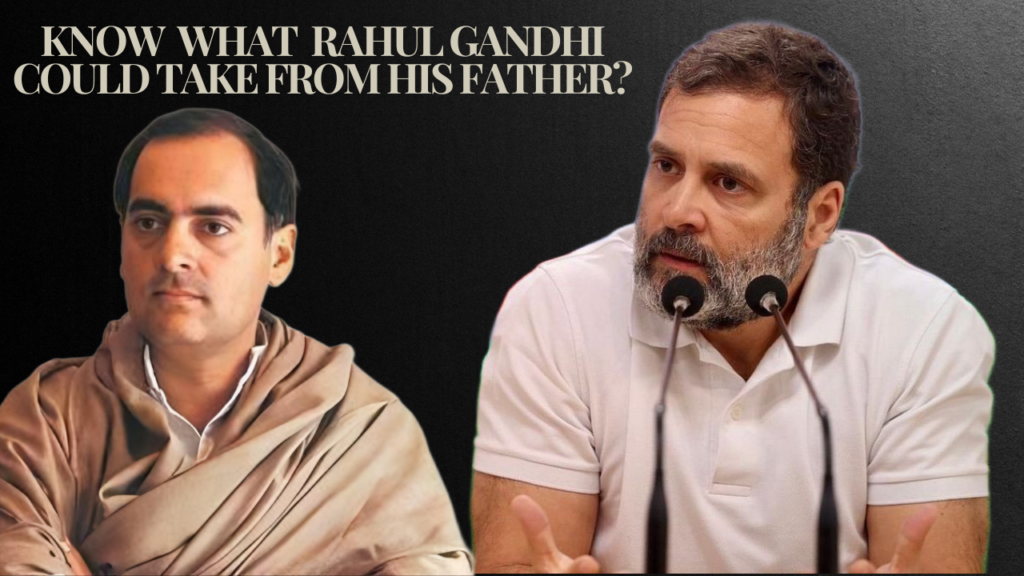
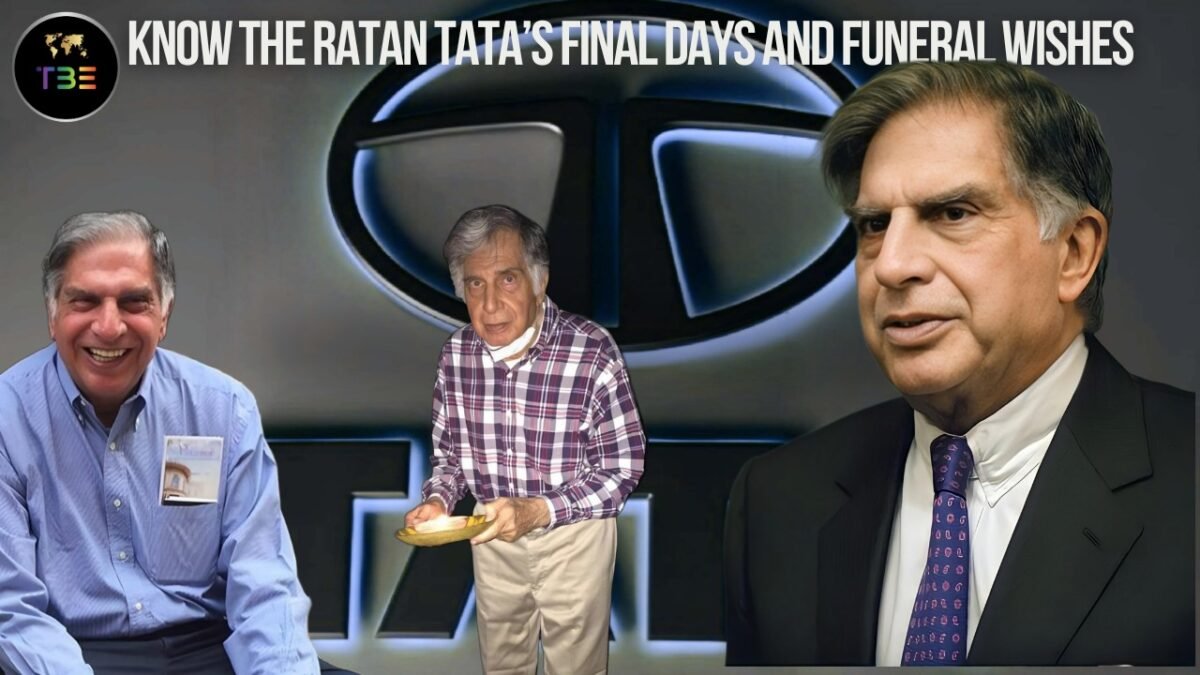
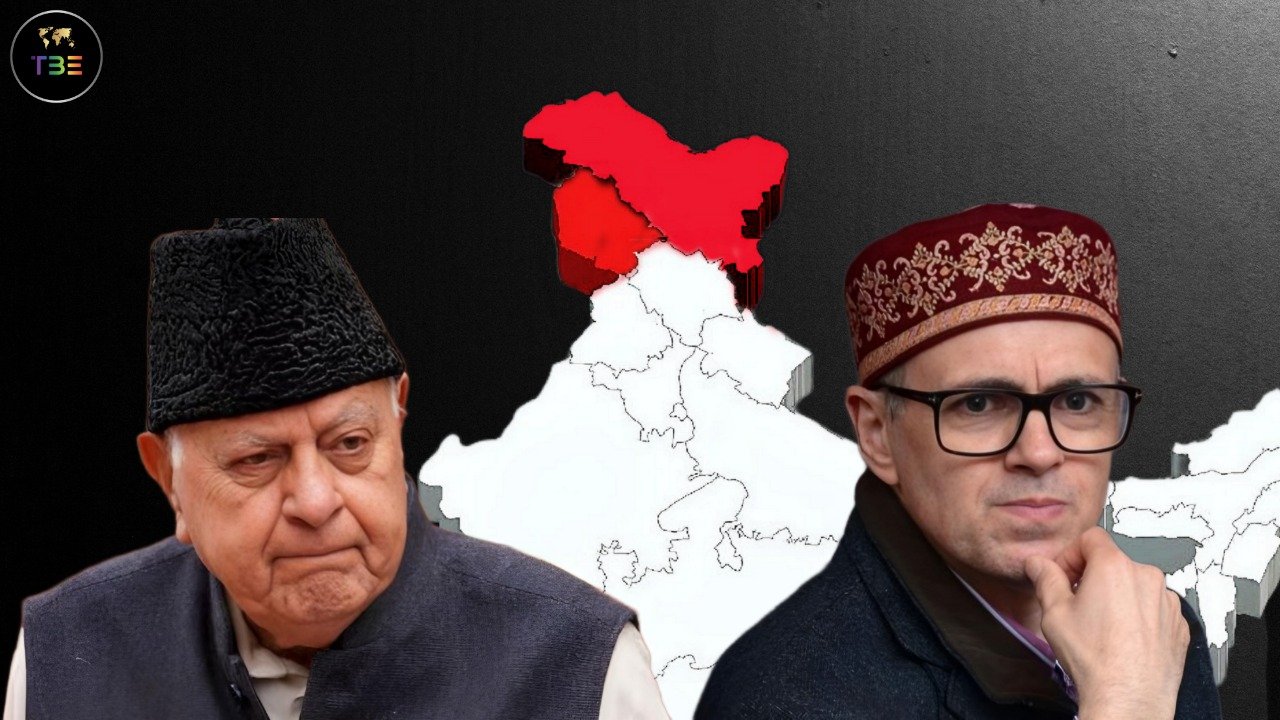

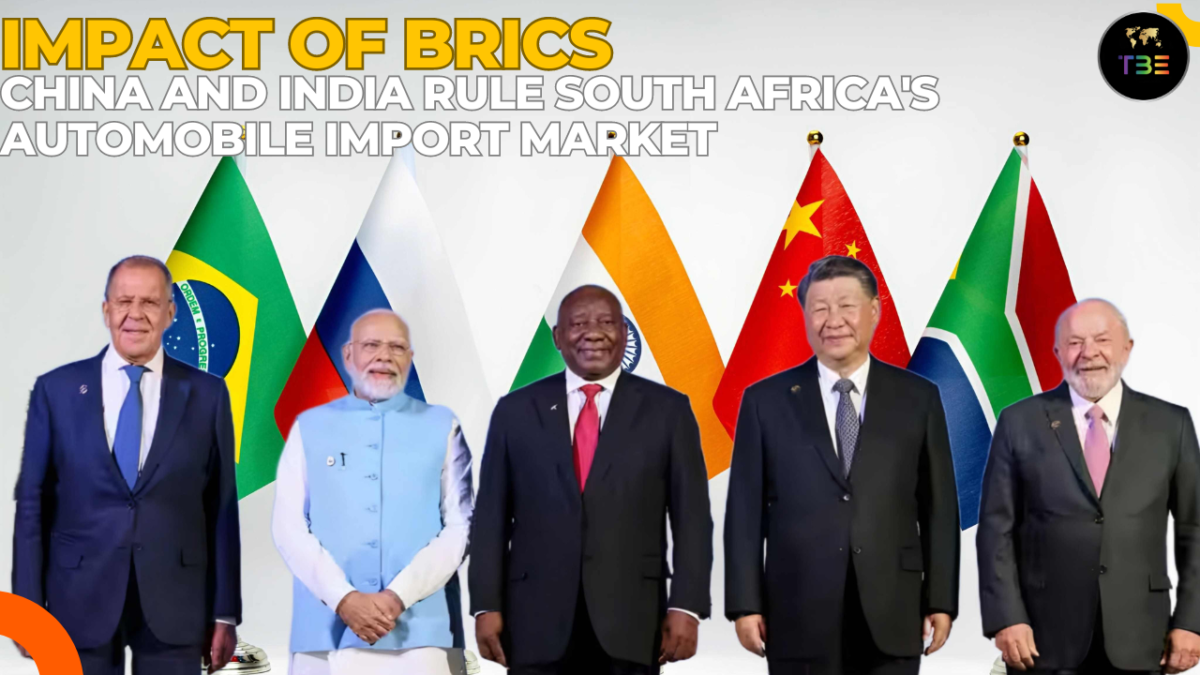

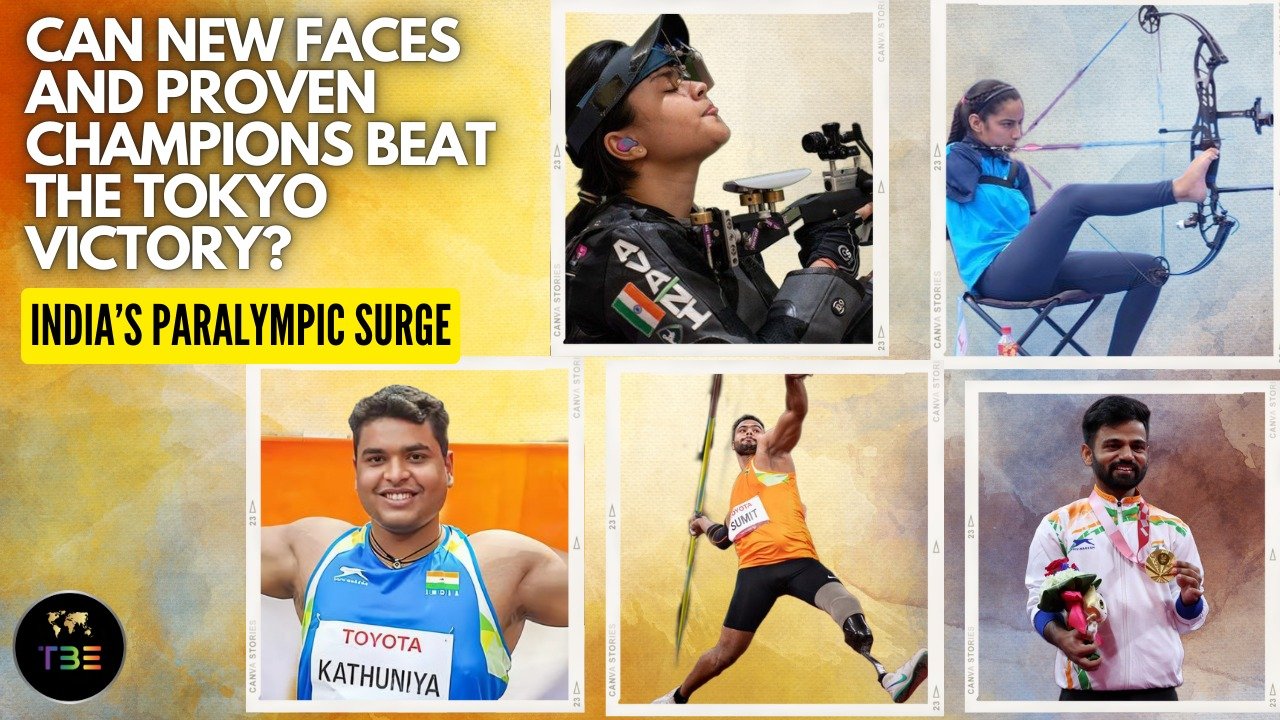

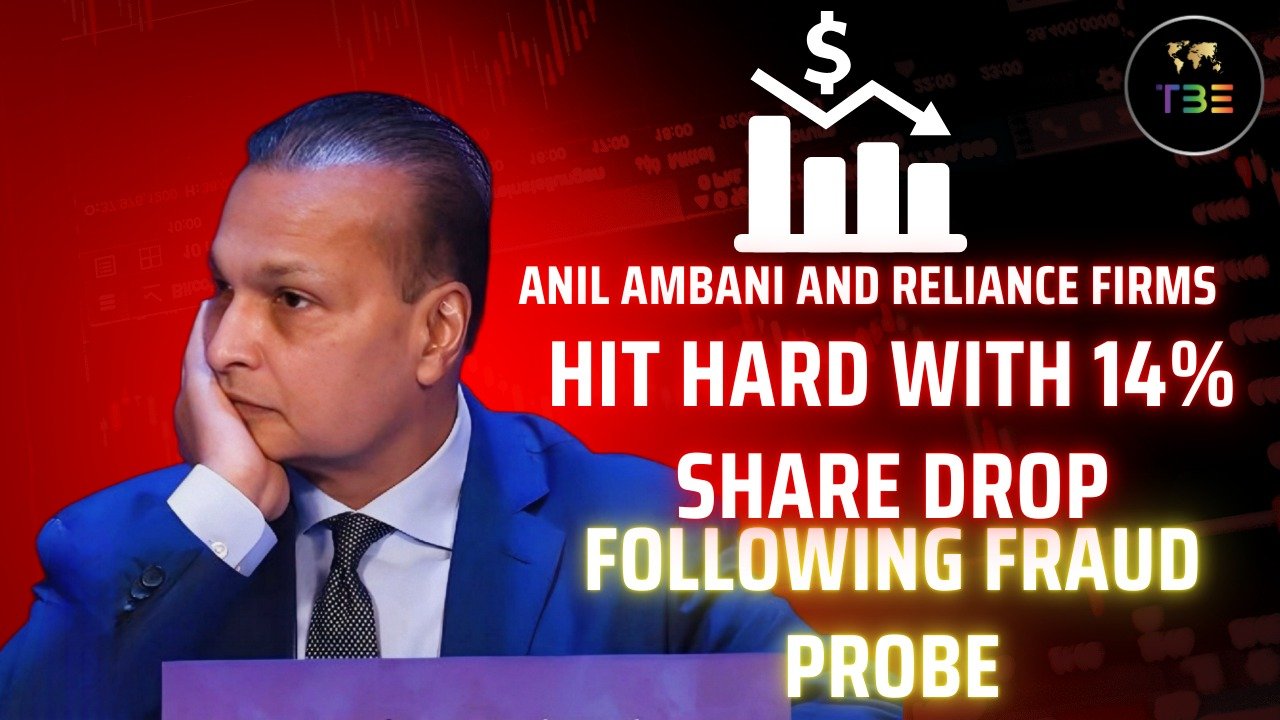
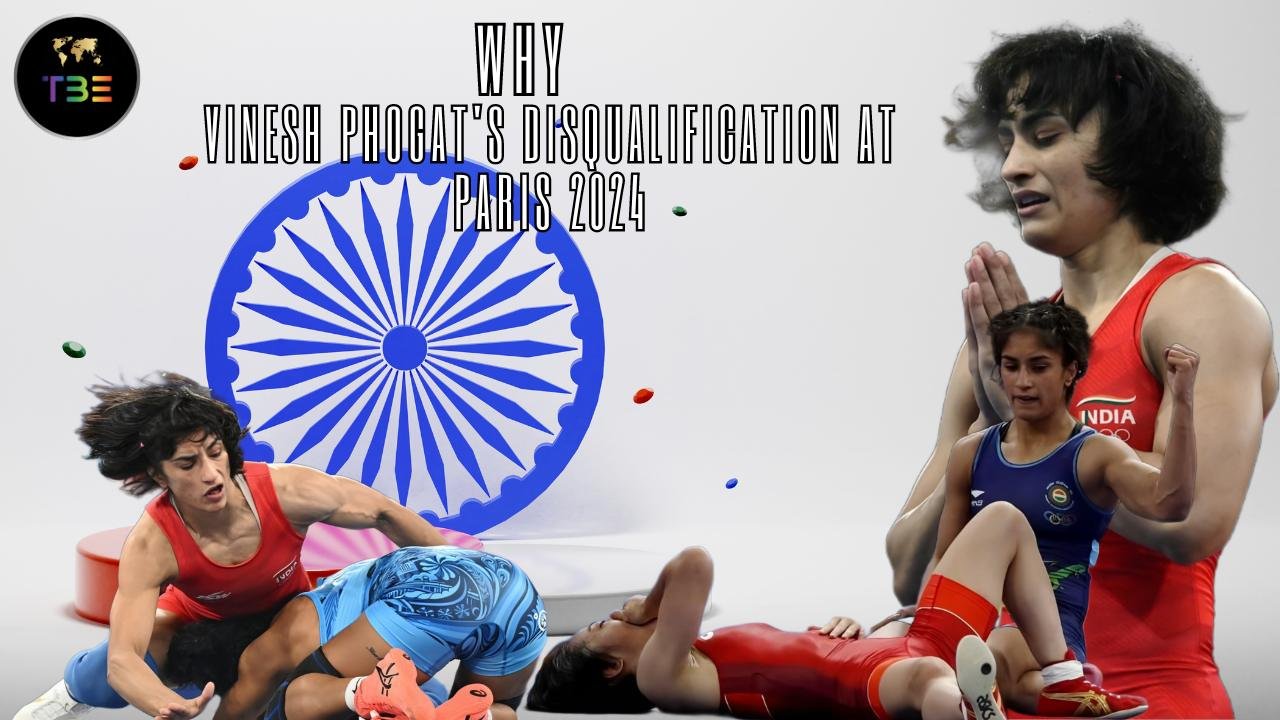





Leave a Reply